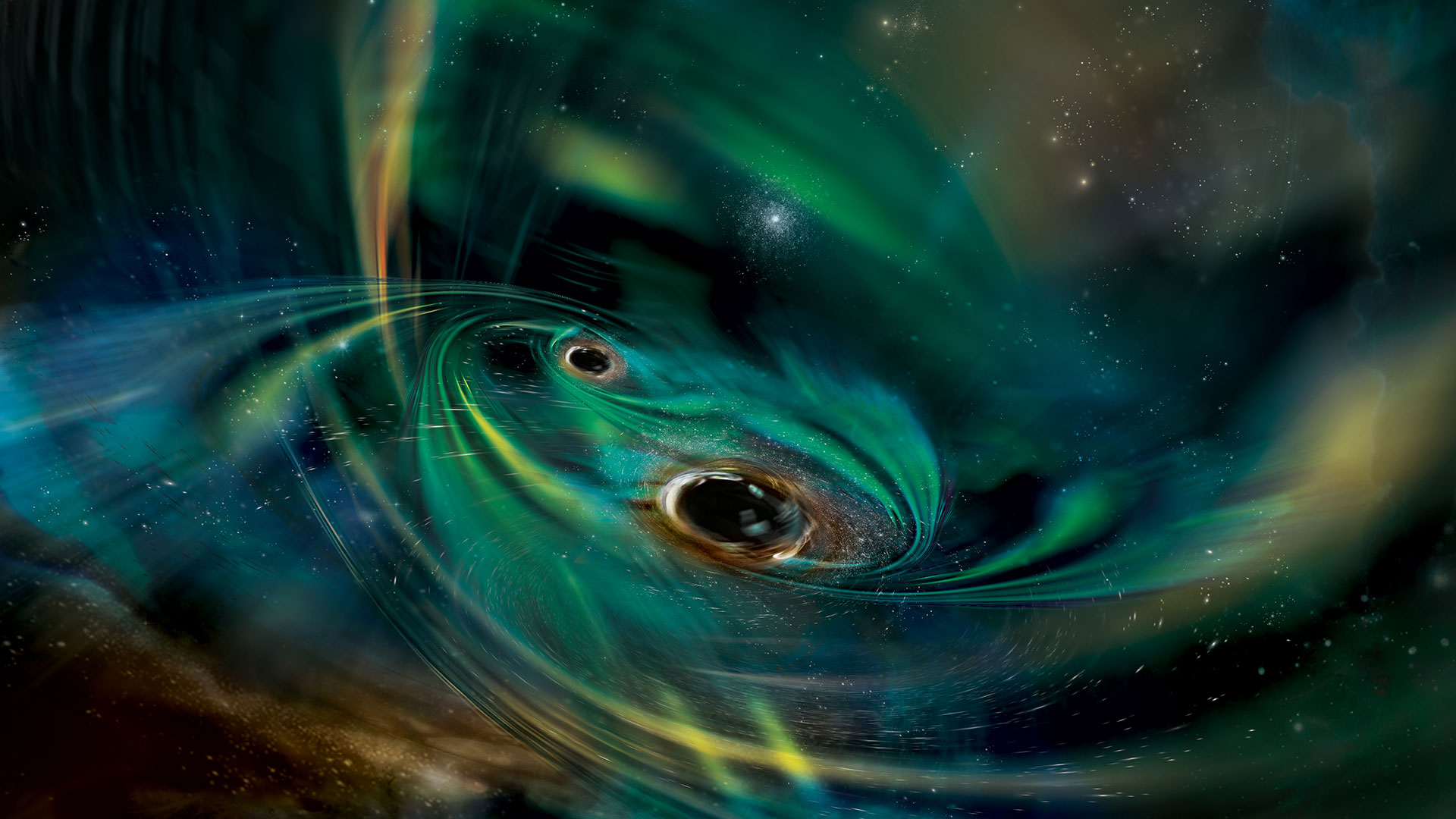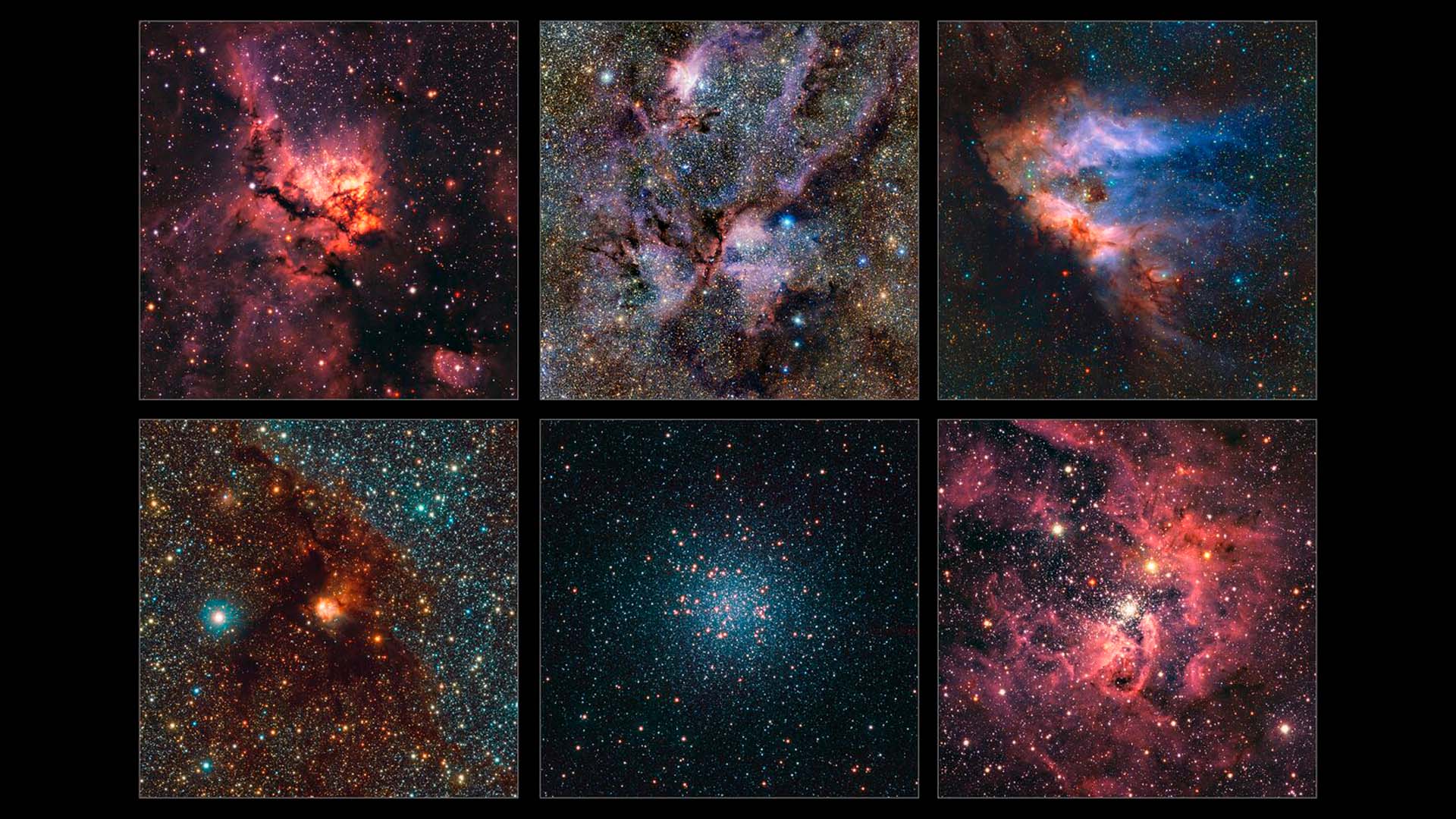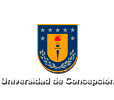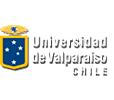
As honoring its ten years of existence, the Millennium Institute of Astrophysics MAS organizes two international conferences, one in Puerto Natales and the other in Puerto Varas, in which renowned experts from two relevant astronomy areas will put forward the main challenges they face in order to develop a state-of-the-art science. Also, linked with these congresses, outreach activities will be held in these relevant discussions.
When astronomy comes up, the first place in Chile that comes to our mind is the north of our country. The region of Atacama and Coquimbo has one of the best skies in the world to develop this science, and it has been recognized globally. Huge worldwide scientific consortiums have chosen these regions to install the sharpest observation instruments to date.
However, if Chile wants to be considered the world's capital of astronomy, it is necessary to emphasize this science outside those regions. In this context, and on the eve of the ten years of the Millennium Institute of Astrophysics MAS, the south was chosen to develop two international conferences that will gather global leaders from two relevant astronomy areas: gas-giant exoplanets studies and the A.I. and computational tools development for the so-called brand new era of the new astronomy, which was born in order to analyze large data amounts in a short time. These are the or OPAGA and Cosmic Streams conferences.
OPAGA: Unraveling the Mysteries of Gas Giants
Even though more than 5000 exoplanets have been found and confirmed, this area of astronomy is actually recent. Just in 1995, the Dutch astronomer Didier Queloz and his thesis advisor, Michel Mayor discovered a planet orbiting around another star that wasn't our Sun. It was a gas giant, formerly known as 51 Pegasi b, officially named Dimidio in 2015.
This milestone traces a before and after in planet studies located beyond our Solar System and meant the 2019 Nobel Prize in Physics for Queloz and Mayor. It is not a coincidence that the first mentioned above will be one of the main speakers at the conference Problems in the Astrophysics of Gas GiantsOpen Problems in the Astrophysics of Gas Giants), or OPAGAthat MAS – with the collaboration of the Faculty of Engineering and Sciences of Universidad Adolfo Ibáñez–are organizing for early December to gather worldwide scientists from this dynamic and thriving area of astronomy.
"Thirty years have already passed, but this discovery traced the beginning of exoplanetary science and also meant a big challenge to understand how these planets form. Currently, with thousands of discoveries scored, we have no answer to basic questions yet. That is the exact goal of OPAGA," says Cristóbal Petrovicha MAS young researcher and one of the organizers. Petrovich, and a professor at the Institute of Astrophysics U.C., says, "Upon being the biggest planets, gas giants determine the evolution of a planetary system. Thus, the story of small, rocky planets like Earth, including its properties promoting habitability, strongly depends on giant planets."
OPAGA is held from December 4 to 8 in Puerto Natalesa location chosen due to the intention of MAS to decentralize scientific knowledge and carry it to extreme zones. "At MAS, we are interested in reaching remote areas of Chile with activities related to astrophysics. We have promoted outreach activities in extreme zones, and since 2022, we have developed a special bond with the region from the Acrux Festival. OPAGA is the next step to consolidate our relationship with Magallanes. We will discuss the ultimate advances in the giant exoplanets study next to a team that includes some of the most relevant leaders in the matter globally, bringing the sharpest science and scientists to the region," says Andrés JordánMAS Director, organizer of OPAGA and professor at the Faculty of Engineering and Sciences of Universidad Adolfo Ibáñez.
Thus, as part of this conference and within the framework of Acrux, important events will be held to connect with the local community, including a Nobel Prize talk at Teatro Municipal de Punta Arenas on December 8.
Cosmic Streams: Designing the Astronomy of the Next Decade
The new telescopes operating in the following years have changed how the Universe is studied. Without going any further, in 2024, the commissioning phase will start atthe Vera Rubin Observatory, region of Coquimbo. It will be the moment when the systems are going to be tested with the first data stream , allowing the telescope to fully operate scientifically in 2025. This will mean an unprecedented exploration of the sky but a major challenge for the science community. Solely this telescope will stream around 20 terabytes in one night and about 200 petabytes within ten years of working, which must be analyzed in real-time.
This is a challenge the astronomy community has spent years preparing for, but it is necessary to roll into one of the main difficulties and obstacles it implies. With that in mind, from December 11 to 15 in Puerto Varas, MAS, in collaboration with Centro de Modelamiento Matemático of Universidad de Chile (CMM), will hold the international congress "Unveiling the dynamic universe: cosmic streams in the era of Rubin” or “Cosmic Streams”.
"The main objective of this congress is to set up a conversation among all the actors involved in this new astronomy phase. On one side, it connects the tracking telescopes with the follow-up ones, linked to the broker and the software infrastructure in general that helps these systems merge. Cosmic Streams will be where the astronomy for the next decades start,", explica Francisco Förster says, MAS associate researcher and ALeRCE Directora MAS-CMM- Data Observatory-Universidad de Concepción projectthe only Chilean astronomy broker chosen to analyze data from the Vera Rubin and it has processed around 300 million alerts in real-time, using Machine Learning and other computer tools.
Besides, says Förster the Zwicky Transient Facility (ZTF) observations or ZTF, a wide-field sky survey in California, United States, scanning the whole sky every two nights, is another crucial actor in this area. These data is already being processed by ALeRCE, as well as data coming from ATLAS, a four-telescopes network in the north and south hemisphere for asteroid tracking. One is located in Río Hurtado, Chile, thanks to the partnership between MAS and the University of Hawaii.
That's why Cosmic Streams, among its renowned guesses, is having to Leanne Guy, who leads the scientific team in data processing of the Vera C. Rubin and Matthew Graham, Caltech researcher and one of the ZTF P.I.'s, among other renowned researchers in this rising science field, from institutions with a vital role in the future of astronomy.
"We are in a crucial moment in astronomy since it is substantially changing how we study the Universe. New instruments imply being prepared to automate many processes, extract science using artificial intelligence, and make astronomical infrastructure more interoperable. To do so, you need to train people in charge, put them together and make them agree. That is what this conference is looking for, and that's why saying in here the basis of this new era is going to be set is not ambitious," Förster, also a CMM researcher, states.
And like OPAGA, Cosmic Streams will also carry science to the citizenship through a public talk Förster will give in the blue room of the Puerto Varas City Hall on Monday, December 11 at 19:00.
